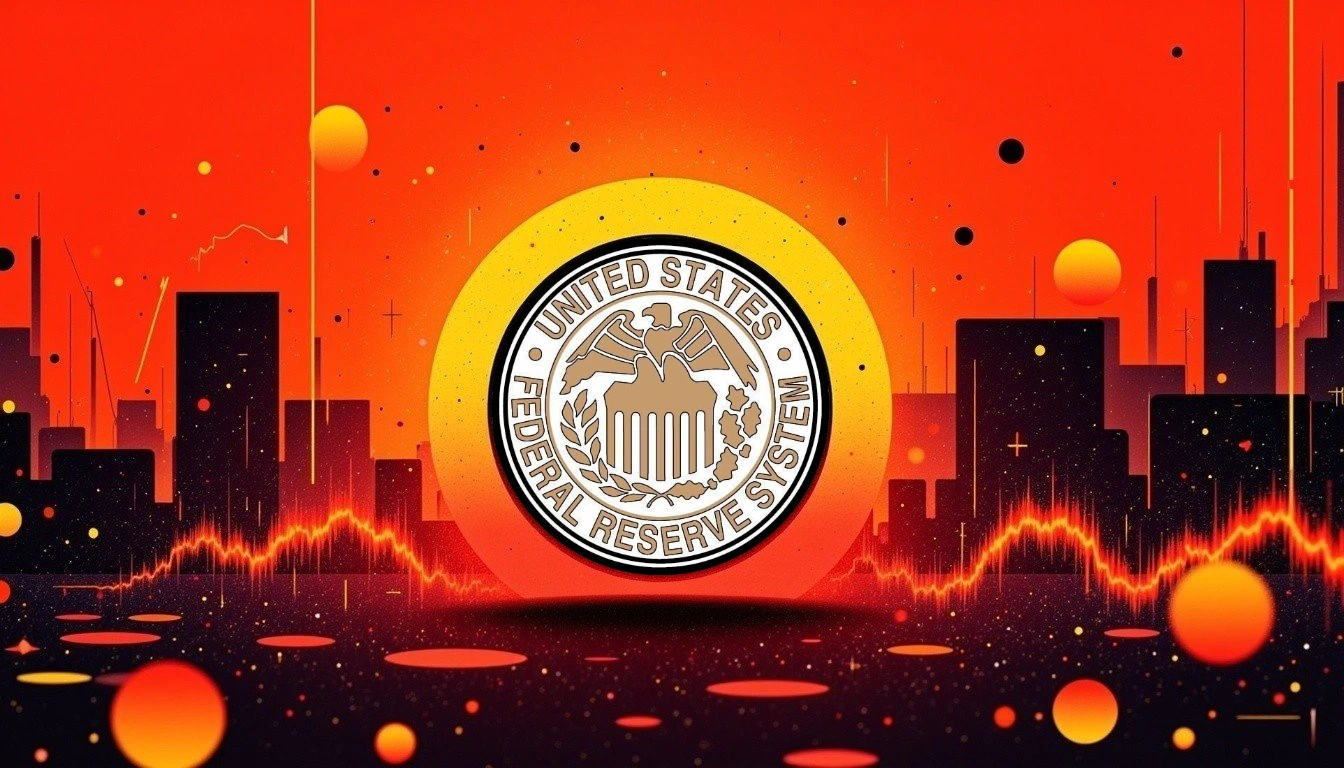- Ray Dalio US government on the ‘Debt Death Spiral’
- In his view, ignoring the US debt leads to this
- At least, it reduces the benefits available for use
- Moreover, it risks a total collapse of the US economy
Ray Dalio, investing legend and founder of the largest hedge fund Bridgewater Associates is sounding the alarm about the US national debt and the consequences of ignoring it on the economy. In his opinion, if no decisive action is taken to reduce it, the US risks a ‘Debt Death Spiral,’ which could completely destroy its economy.
More About Ray Dalio’s Warnings and ‘Debt Death Spiral’
Ray Dalio warns that the US national debt is growing every year, and at the same time, its servicing is growing. It now stands at $36.48T, which is already an amount that is extremely difficult to pay off at the current rate of economic development.

Of course, Ray Dalio does not think that credit is a bad thing. His point is that it is both a very valuable but very dangerous instrument that requires the right attitude.
“The credit system, I think of like being the circulatory system in your body that, like blood brings different parts of your body, it brings these nutrients, the buying power. And if it’s used well so that it produces income, then everybody prospers. The lender gets paid back, and the person who borrowed it used it to be productive. It’s great. At those times, you don’t see debts rise relative to income.”
Problems start when the benefit received after the realization of the loan is insufficient and covers more debt service than its closing. The larger the debt becomes and the higher the cost of servicing it becomes, the less money from the benefit can be spent on economic development.
“However, when debts rise relative to incomes on a chronic basis for a long time, it’s like plaque in that system accumulating. Think of it this way: the more debt and debt service you have, the less money you can spend out of your income. So as it rises right now, for the US government it’s almost a trillion dollars a year that goes to interest payments, so it’s sort of like plaque that narrows that and it’s a problem.”
In order to solve this problem, it is necessary to seriously consider closing this debt as a priority goal, and to build economic strategies accordingly, as well as to benefit more from the realization of the loan. In particular, Ray Dalio insists that the U.S. needs to work rigorously to increase GDP to at least avoid a global economic crisis.
“There is also a supply/demand issue for credit, like every other market. So that when we have run a large deficit – and now the deficit is projected to be about 7.5% percent of GDP – when you run a large deficit, you have to sell the debt to do that and the quantity of debt sold has to come up against how many buyers are there.”
Otherwise, he warns of an inevitable decline, where is no turning back, called the ‘Debt Death Spiral.’
“A ‘debt death spiral’ is that part of the cycle when the debtor needs to borrow money in order to pay debt service, and it accelerates and then everyone sees that and they don’t want to hold the debt. That’s what we’re approaching.”
He adds:
“If it’s not done this time, I really worry. I think that everyone who is responsible for that, from the president to the Congress, should recognize… That if they don’t get it down to that, that they are responsible for the consequences that will follow.”
Is the US Taking Any Actions Regarding the National Debt Problem?
In fact, since the arrival of the new Trump administration, a lot of obvious efforts have been directed toward just that. If you can recall, Donald Trump’s seemingly drastic deficit reduction measures in the form of trade tariffs affected not only China but also Mexico, Canada and a number of other countries – as if they don’t seem so drastic now.
Also, a very big move in that direction is the activities of DOGE, which is promising significant budget cuts and conducting pretty high-profile audits of all federal agencies, so far meeting no resistance.
Of course, Donald Trump’s cryptocurrency course is also part of this and other political figures see cryptocurrency as a way to reduce the U.S. national debt.
Possible Side Effects of These Initiatives
Donald Trump’s initiatives initially promise to fix the situation, but because it is quite complex there are likely to be a number of factors that could intervene to prevent this from happening.
For example, raising trade tariffs may indeed bring more money into the economy and fill the deficit, but it may change the situation of prices, supplies, and other things that could ultimately ruin some American businesses and households.
Also, countries that are subject to tariffs may start looking for other trading partners. This will of course cause losses for them, but they may decide that if they succeed, they will benefit in the long run and the US will lose more.
As for radical audits of federal agencies – this could also disrupt the normal functioning of some of them, which is unacceptable due to the many industries and markets that depend on them.
Cryptocurrency will not be the only salvation here, because even having great potential in terms of risk diversification, as well as unique deflationary functions – can be volatile and require careful handling.
Conclusion
Thus, to what extent the situation tends towards a positive conclusion is not yet possible to say, but it is also not possible to say that these initiatives do not exist.
The main question now is whether these initiatives can turn in the right direction and deliver the expected results, without side effects. Also, if they turn out to be right in the end, will they have time to have an effect before the US finds itself in that ‘Debt Death Spiral.’
In any case, we need to keep a constant eye on the major events and adapt our strategy to different scenarios. Be aware and stay tuned for updates on the rapidly reshaping crypto landscape.
The information provided in this article is for informational and educational purposes only and does not constitute financial, investment, or trading advice. Any actions you take based on the information provided are solely at your own risk. We are not responsible for any financial losses, damages, or consequences resulting from your use of this content. Always conduct your own research and consult a qualified financial advisor before making any investment decisions. Read more






